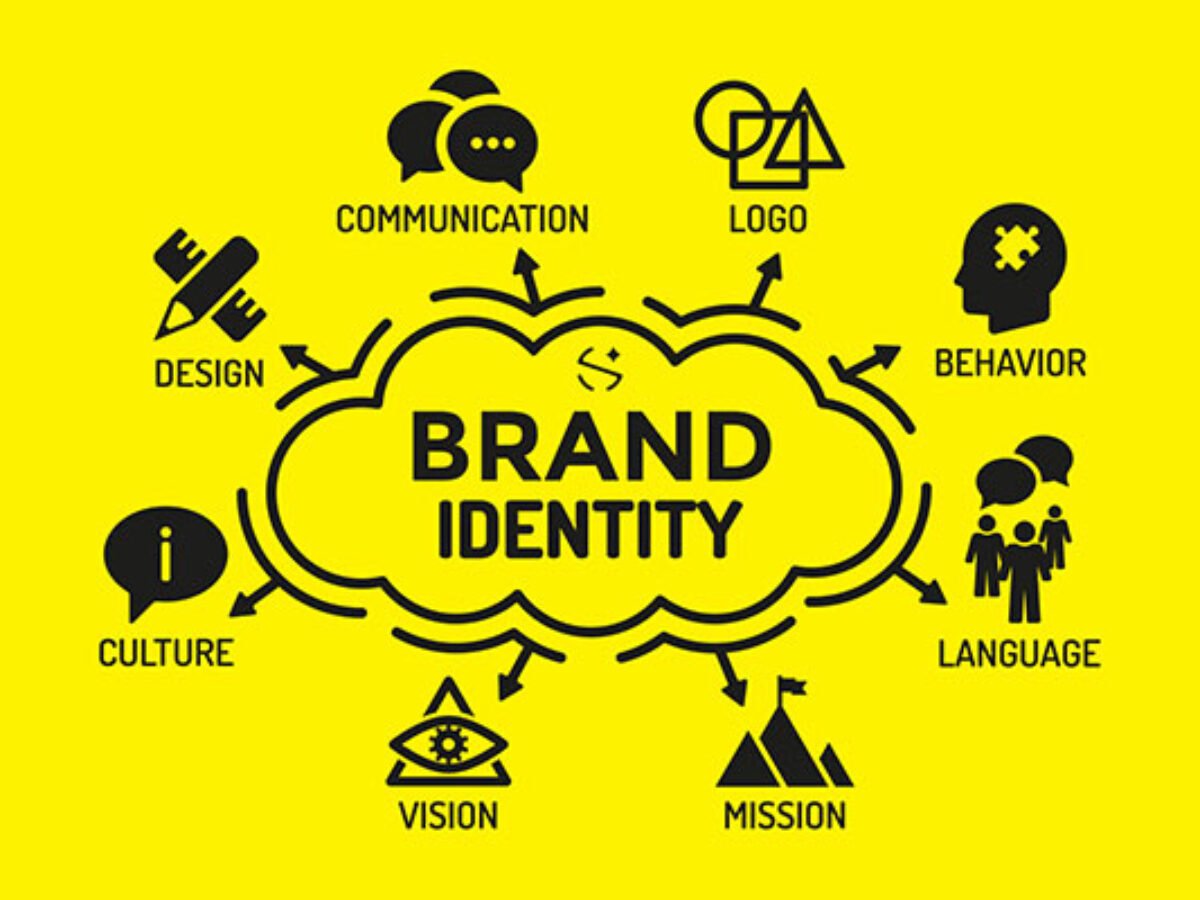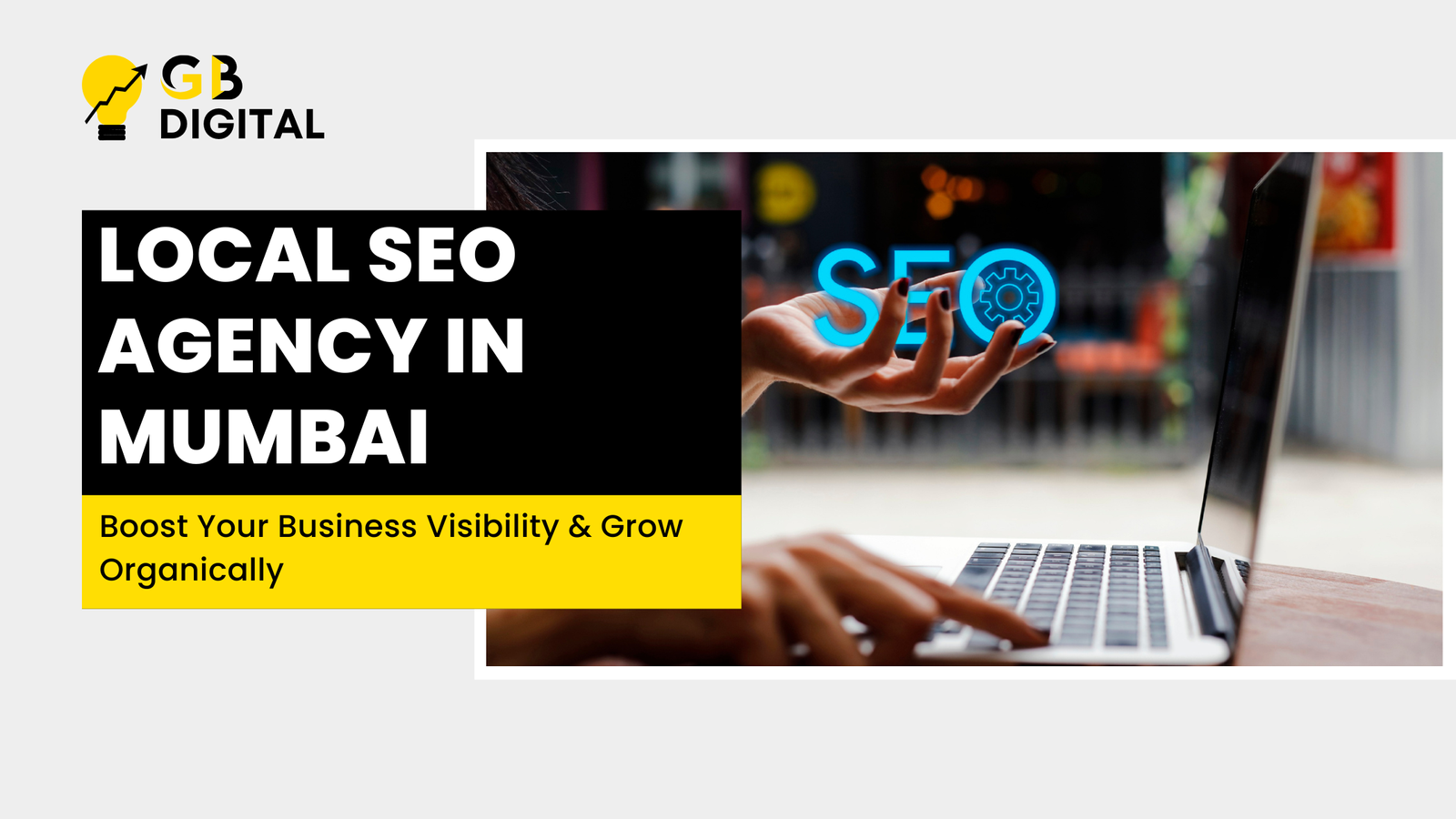In today’s highly competitive market, a startup’s success is often linked to its brand identity. A strong brand goes beyond logos and color schemes—it’s about how your audience perceives your company and the values it represents. In this article, we’ll explore the essential steps for Brand Identity Development, helping startup founders create a brand that resonates with their target audience and stands the test of time.

Why Brand Identity is Crucial for Startups
Defining Brand Identity
Brand identity is the collection of elements that a company creates to portray the right image to its audience. This includes everything from logos and colors to messaging and customer experiences. Your brand identity serves as the foundation for how your business is perceived in the marketplace.
The Impact of a Strong Brand
A well-defined brand helps build trust with customers, differentiates your startup from competitors, and fosters customer loyalty. It also ensures consistency across all touchpoints, from marketing materials to customer service, making your business more recognizable.
Key Steps for Developing a Strong Brand Identity
1. Define Your Brand’s Mission and Values
Establishing Your Purpose
Before creating any visual elements, it’s important to define what your brand stands for. What is your mission? What are the core values that drive your business? These principles form the backbone of your brand identity and will inform every decision you make.

Crafting a Mission Statement
A clear mission statement helps communicate your brand’s purpose both internally and externally. Your mission should answer the questions: What do we do? Who do we serve? Why does it matter? A concise and impactful mission statement resonates with your audience and provides direction for your team.
2. Understand Your Target Audience
Conducting Market Research
To develop a brand identity that connects with your audience, you need to understand who they are. Conduct thorough market research to identify your target demographic, their preferences, and their pain points. This knowledge will help you tailor your messaging and design choices to align with what resonates most with them.
Creating Customer Personas
Develop detailed customer personas to represent different segments of your target audience. These personas should include demographic information, buying behavior, interests, and challenges. This exercise helps you create more targeted and relevant brand messaging.
3. Develop a Unique Brand Voice and Messaging
What is a Brand Voice?
Your brand voice is the tone and style of communication you use when interacting with your audience. It should reflect your brand’s personality, whether that’s professional, friendly, or quirky. A consistent brand voice helps create a cohesive experience across all platforms, from social media to customer support.

Crafting Your Messaging
Once you have your voice, focus on creating core messaging that clearly communicates your value proposition. What makes your startup different from others? Why should customers choose you? Your messaging should be clear, concise, and reflect the benefits of your product or service.
4. Design Visual Elements (Logo, Colors, Typography)
Creating a Memorable Logo
A logo is one of the most recognizable elements of your brand identity. It should be simple, memorable, and scalable across different mediums. Work with a designer to create a logo that encapsulates your brand’s mission and resonates with your target audience.

Choosing Brand Colors and Typography
Color psychology plays a significant role in how customers perceive your brand. Choose colors that evoke the right emotions and align with your brand’s personality. Typography also matters; the fonts you choose should be easy to read and reflect the tone of your brand.
5. Ensure Consistency Across All Touchpoints
The Importance of Brand Guidelines
To maintain a strong brand identity, consistency is key. Develop brand guidelines that detail how your brand elements—such as your logo, colors, and messaging—should be used across different platforms. This ensures that your brand is recognizable and cohesive, no matter where your audience encounters it.

Applying Your Brand Identity
Once your brand identity is defined, apply it consistently across all customer touchpoints, including your website, social media, email communications, and physical products. Consistency reinforces brand recognition and builds trust with your audience.
Expert Insights on Brand Identity Development
Case Study: Airbnb’s Brand Evolution
Airbnb’s journey from a small startup to a global brand is a perfect example of how brand identity can evolve. Initially focusing on budget-conscious travelers, Airbnb expanded its messaging to focus on the idea of “belonging anywhere.” This shift was reflected in their updated logo, messaging, and customer experiences, which helped them connect with a broader audience while maintaining a strong brand identity.

Expert Quote: Marty Neumeier on Brand Identity
This quote highlights the importance of shaping brand identity in a way that resonates with the audience while staying authentic to the company’s mission.
Future Outlook for Brand Identity Development
1. The Role of Technology in Brand Building
As digital platforms continue to evolve, so too will the tools available for brand development. AI-driven design tools, social media algorithms, and augmented reality (AR) are becoming essential for creating dynamic, interactive brand experiences. Startups that embrace these technologies will have a competitive edge in building and maintaining their brand identities.
2. The Shift Towards Purpose-Driven Branding
Consumers are increasingly choosing to support brands that align with their personal values. Startups that focus on developing purpose-driven brands—ones that prioritize sustainability, inclusivity, or social impact—will have a stronger emotional connection with their audience, leading to greater brand loyalty.
Practical Tips for Startup Founders
1. Test and Adapt
Brand identity is not set in stone. As your startup grows, test different elements of your brand—such as messaging or visual design—and adapt based on audience feedback. Staying flexible while maintaining core values allows your brand to evolve with market trends.
2. Leverage Social Media
Social media offers an excellent platform for showcasing your brand’s personality and engaging with your audience. Consistent posting, responding to comments, and maintaining a cohesive visual aesthetic can help build brand recognition over time.
Conclusion
Key Takeaways
Building a strong brand identity is a vital step in creating a lasting connection with your audience. By defining your mission, understanding your target audience, and maintaining consistency across all platforms, you can establish a brand that not only stands out but also builds trust and loyalty.
Final Thoughts
Startups that invest time and effort into their brand identity will see long-term benefits, from improved customer engagement to increased brand recognition. Don’t rush the process—develop a thoughtful and authentic brand identity that reflects who you are as a company and what you stand for.
FAQs
- What is brand identity development?
Brand identity development involves creating the visual, verbal, and emotional elements that define how your audience perceives your brand. - Why is brand identity important for startups?
A strong brand identity helps differentiate your startup from competitors and builds trust with your target audience. - How do I create a consistent brand identity?
Develop brand guidelines that outline how to use your logo, colors, fonts, and messaging across all platforms. - What is a brand voice?
Brand voice refers to the tone and style of communication that reflects your brand’s personality and values. - Can brand identity evolve over time?
Yes, as your startup grows and the market changes, your brand identity can evolve while staying true to your core mission.








